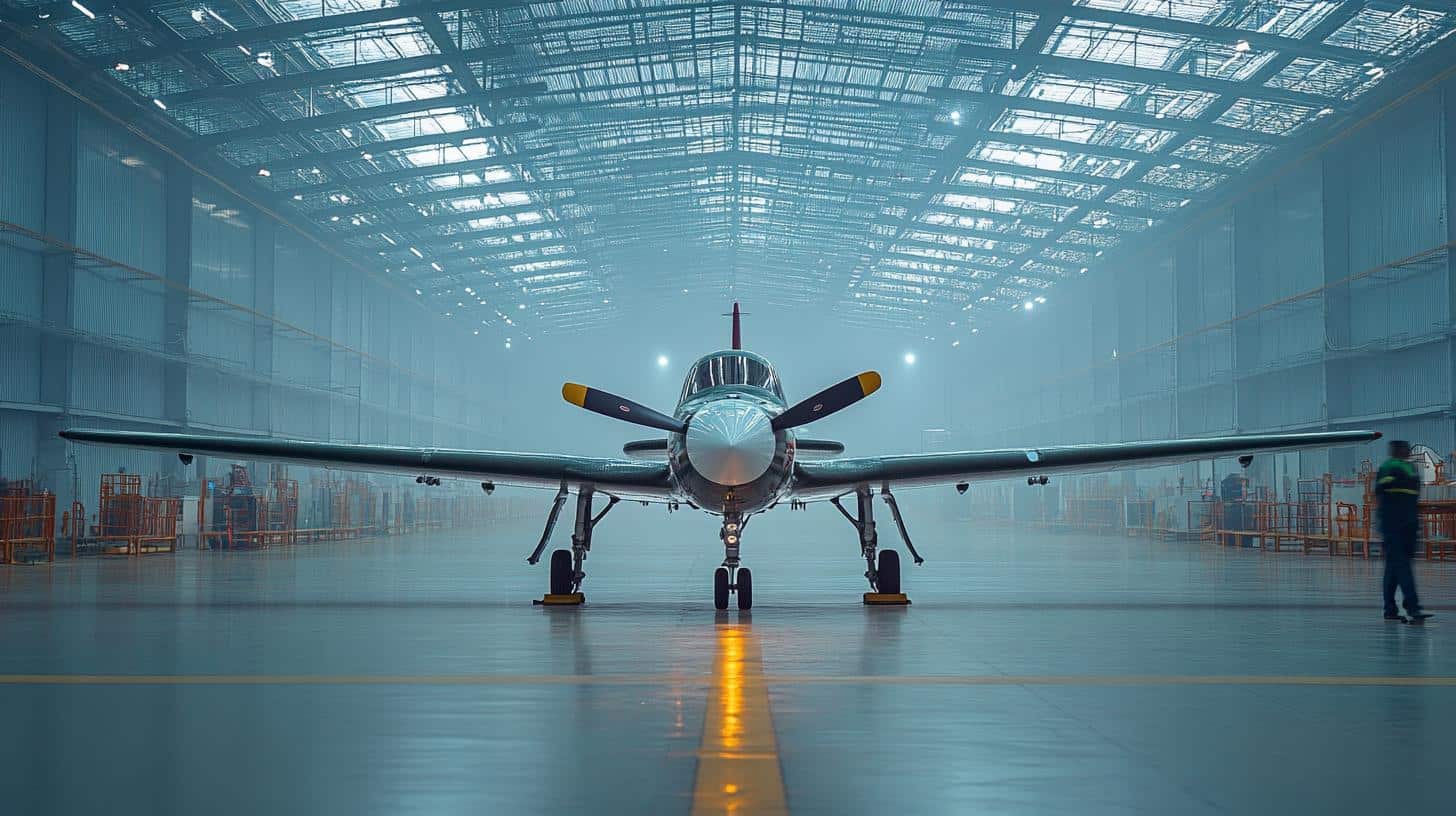In a landmark development for India’s aerospace industry, Prime Minister Narendra Modi and Spanish Prime Minister Pedro Sanchez inaugurated the nation’s pioneering private military aircraft facility in Vadodara, Gujarat. This initiative is expected to elevate India’s status in global defense manufacturing, especially with plans to produce the Airbus C-295 transport aircraft.
Sanchez received a warm welcome in Vadodara amid a lively roadshow with enthusiastic gatherings. The core of this ambitious project is the new Tata Aircraft Complex, which will partner with Airbus Spain to supply aircraft to the Indian Air Force.
Both leaders emphasized the significance of this partnership. Sanchez expressed that this collaboration reflects Modi’s strategy to make India a key player in international manufacturing and investment. He also highlighted that this initiative paves the way for further European company ventures into India’s aerospace sector.
Tata’s leadership praised this venture’s significance, acknowledging the late Ratan Tata for envisioning this project over a decade ago. Under the partnership deal, Tata Advanced Systems Ltd is set to manufacture 40 aircraft locally with initial delivery slated for 2026. The C-295 aircraft is adaptable for transporting troops, medical evacuations, disaster response, and maritime patrols.
This visit marks a new chapter in Indo-Spanish relations, with Sanchez’s trip being the first in 18 years from a Spanish leader to India. Besides defense, the two nations aim to strengthen collaborations in various sectors, including trade and renewable energy. As Sanchez heads to Mumbai to interact with industry leaders, the prospects for deeper cultural and commercial exchanges are brighter than ever.
Is India’s Foray into Aerospace Manufacturing a Turning Point, or a Turbulent Flight Path?
India’s Aerospace Ambition: Opportunities and Challenges Abound
In the riveting world of global aerospace, India has made a notable entrée with its first private military aircraft facility. However, there’s more to this development than meets the eye, especially given its potential ripple effects across communities and international dynamics.
While most eyes are on the promised technological boom in Vadodara, it’s essential to delve deeper into how this endeavor, together with other related enterprises, could permanently alter the landscape of India and its partners. It invites a myriad of intriguing questions but also heightens potential controversies.
Transformative Impact on Local and National Economies
This aerospace initiative is poised to energize the local economy and elevate India’s stature in the global defense sector. The collaboration between Tata Aircraft Complex and Airbus could become a job generator, offering a substantial number of skilled positions in manufacturing and engineering.
On a national scale, this project may boost India’s exports and slash its dependency on imports for military needs. By 2026, once the first units of the Airbus C-295 roll out, India could further solidify its reputation as an emerging hub for aerospace manufacturing in Asia.
Implications for Regional Safety and Defense
Producing military aircraft locally not only strengthens India’s defense capabilities but signals a significant strategic maneuver in the geopolitically sensitive South Asian region. This could potentially alter power balances and influence neighboring countries’ defense strategies.
Advantages: A Leap Towards Technological Sovereignty
The cutting-edge technology shared through the Tata-Airbus partnership represents a leap toward technological sovereignty. By mastering the production of such sophisticated aircraft, India could set the stage for indigenous innovation across various sectors. It is a stepping stone toward greater autonomy in defense technology, which historically hasn’t been India’s forte.
Disadvantages: Dependency on Foreign Expertise
However, dependency on foreign expertise and parts remains a concern. While the assembly occurs in India, critical components and knowledge transfer will largely rest with Airbus in Spain. This semi-dependency could ensnare India in a supply chain web complicated by international relations and trade policies.
Cultural Connections Through Aerospace Collaboration
Sanchez’s visit, despite the absence of a Spanish leader for nearly two decades, rekindles India’s relationship with a European giant. This intertwining of economies extends beyond aerospace into cultural and commercial realms. Expect potential cultural exchanges that could enrich both nations’ industries and societies, as well as collaborations in renewable energies and other sectors.
Environmental Impact: A Double-Edged Sword?
While the aerospace industry might propel economic growth, it also raises questions about environmental sustainability. Manufacturing aircraft involves processes and emissions that could challenge India’s environmental commitments. Balancing green policies with industrial growth could become a contentious debate.
What Lies Ahead: Questions and Future Trajectories
The main question remains: can India’s burgeoning aerospace sector sustain itself independently of international support? As this venture moves forward, other uncertainties include India’s ability to innovate beyond existing European technologies.
Will local industries rise to the occasion, enabling India to surpass European giants in aerospace tech? How will this affect India’s diplomatic relations if similar partnerships spring up with countries like France, Germany, or even rivals like China?
New developments will undoubtedly arise, offering a dynamic future for the global aerospace sector and international politics. India’s journey to becoming a self-reliant aerospace power has officially begun, with both challenges and opportunities in its flight path.
For further insights into India’s defense and aerospace endeavors, visit the India Times and The Hindu.







